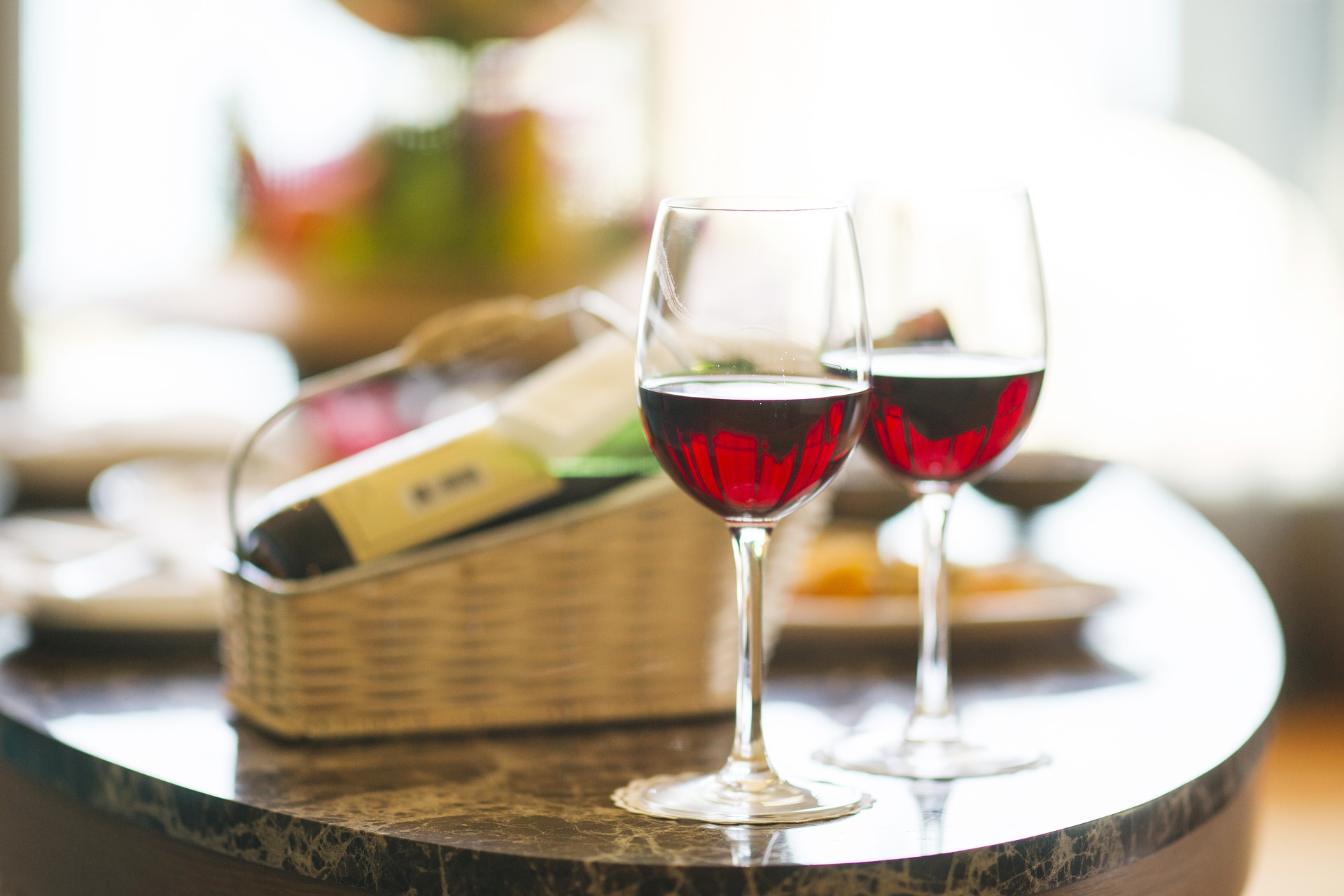“He who knows how to enjoy himself does not drink his wine; he tastes its secrets.” Salvador Dali, Spanish painter
Wine tasting is not something you just jump into! It takes a great deal of time, effort and last but not least the love for wine. You have to develop a vast knowledge base of most of the styles and flavors of the different grapes around the world, this experience is gained over time.
Wine Tasting is about analyzing and forming judgments about a wine’s fragrance and taste. Knowledge of the origin of a wine, the special features of a certain vintage, and the ability to differentiate impressions of taste and smell is part of the enjoyable tasting of a wine.
The pleasures of wine start with the color of the liquid and the “tears” that flow down the glass after one has rotated the glass. Some wine connoisseurs swear that the color gives them a foretaste of the pleasures that they are about to enjoy.
The aroma of a wine consists of what a person can smell and taste. Fragrance and taste are the most important aspects of wine appreciation. Most of the naturally aromas of grapes are flowery and fruity and considered the primary aroma. Each grape has its own primary aroma. For example, wines made of Sauvignon Blanc grapes often exude a scent of gooseberries, while pinot noir wines give off cherry and plum fragrances. When the wine is young, they dominate the nose. A grapes primary aroma can be changed when it is planted in a different soil. That is why a Cabernet Sauvignon from Napa Valley where the soil is acidic will be fruitier than that harvested in Bordeaux where the soil is alkaline
During fermentation wine acquires new aromas that enrich the wine. The carriers of secondary aromas are alcohols, acids, aldehyde, and esters.
As the wine develops, spicier notes are added. As the primary aromas recede, new fragrances form, they are known as tertiary aromas, which are spicy, balsamic, or woody: these are the first signs of the process of aging. This is when the experts refer to the aroma as the “bouquet”. As the wine ages the bouquet keeps developing and becomes more complex.
When tasting wine, it is never swallowed- it is spit out. For experts to fully experience the taste, they let the wine flow slowly over their tongue and then let it roll back toward their lips. Then they spit out into a container.
Wines are tasted blind (without labels being seen) to prevent the tasters’ personal preferences from influencing their judgments. Wine is scored for appearance, bouquet, taste, and overall balance.
Article Source: http://EzineArticles.com/7854824

Leave a Reply